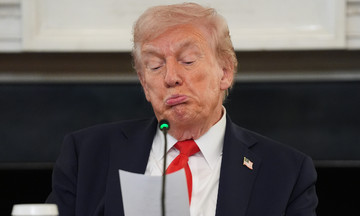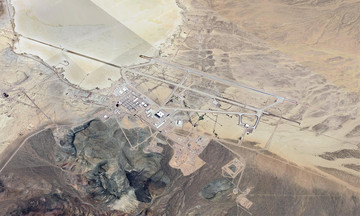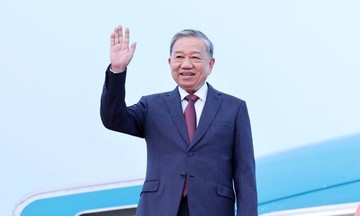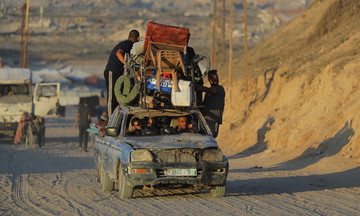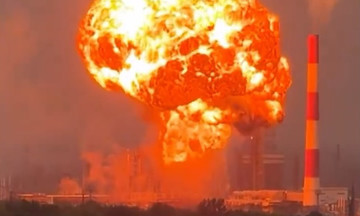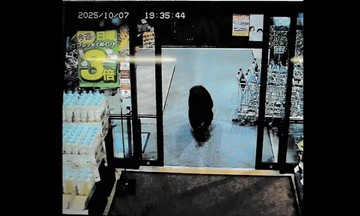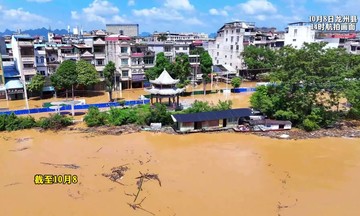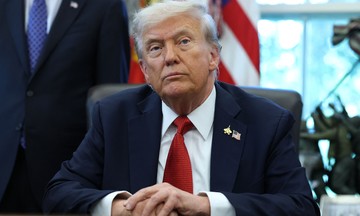Major General Chaikrit Pho-ah, commander of the Police Crowd Control and Protection Division (PCCD), announced on 18/9 that the Royal Thai Police (RTP) had instructed the unit to prepare crowd control measures in Ban Nong Ya Kaew village, Sa Kaeo province. The PCCD plans to deploy 10 water cannon trucks, ready for field operations.
These trucks were previously used by Thai police to disperse protesters in Bangkok in October 2020. Each truck holds 12,000 liters of water and has a range of 65 meters. The water cannons can be adjusted, and they can also mix in colored dye.
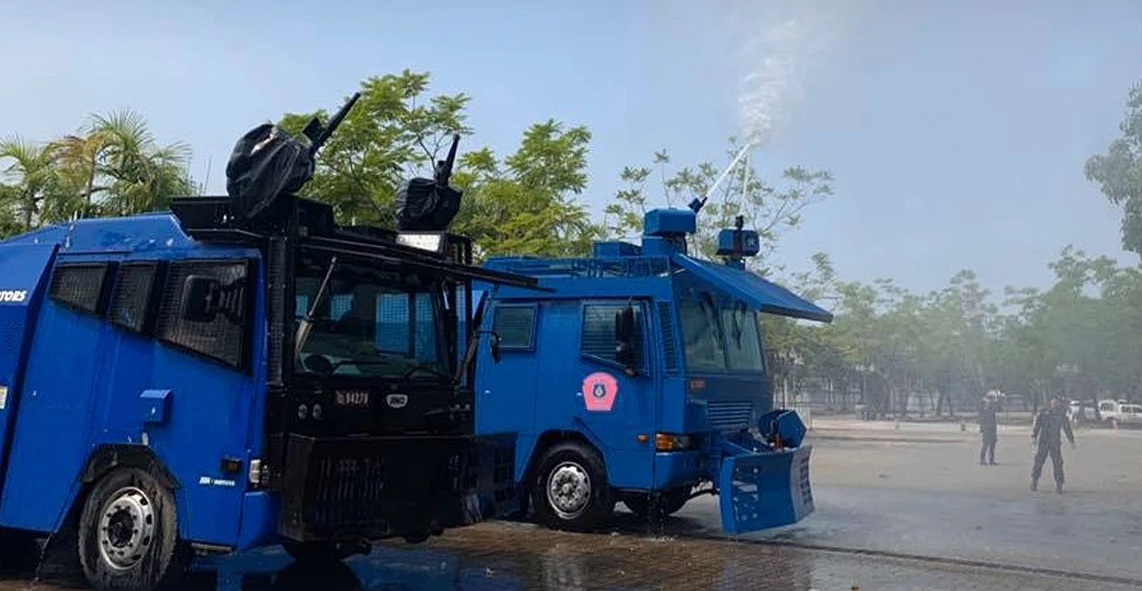 |
Thai police water cannon truck. Photo: Nation |
Thai police water cannon truck. Photo: Nation
The dye is difficult to wash off, allowing Thai police to identify protesters who return to the area.
This tactic was used in late 2013 during clashes between Thai security forces and protesters in Bangkok who attempted to breach barbed wire barriers and enter the Government House.
In addition to water cannons, each truck is equipped with Long Range Acoustic Devices (LRADs), which can emit high-frequency sound waves to deter crowds, along with tear gas and firefighting foam dispensers.
The trucks have bulletproof tires, metal frames at the front to clear obstacles, and surveillance cameras to record events for legal purposes.
On 17/9, tensions flared at the Thai-Cambodian border as Thai security forces, primarily border patrol police, clashed with about 200 Cambodian civilians and monks.
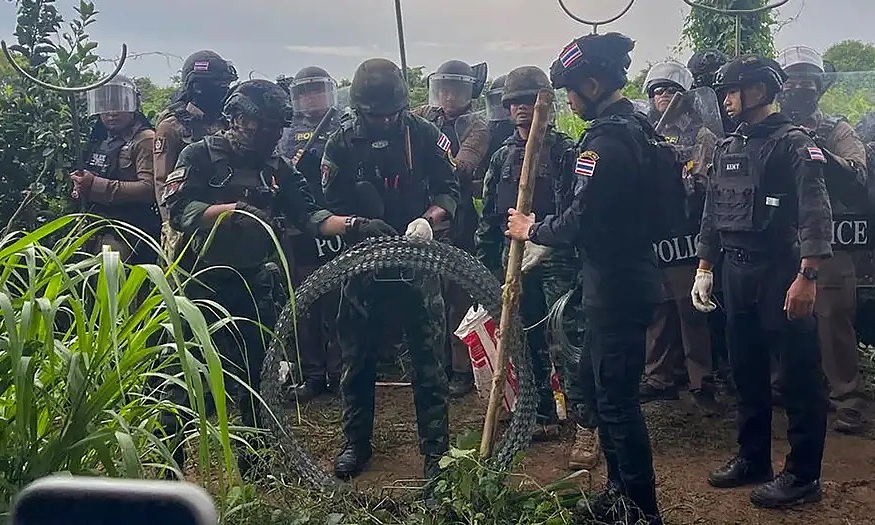 |
Thai police lay barbed wire at the border on 17/9. Photo: AKP |
Thai police lay barbed wire at the border on 17/9. Photo: AKP
The clash occurred in a long-disputed area between the two countries. Thailand refers to the area as Ban Nong Ya Kaew village in Sa Kaeo province, while Cambodia calls it Prey Chan village in Banteay Meanchey province.
Thai police allege the Cambodian group attempted to breach barbed wire fences and confronted border patrol officers, injuring several and prompting the use of tear gas and rubber bullets. Thai authorities consider the Cambodians' actions a "territorial violation," "provocative," and a "violation of the ceasefire."
Cambodia reported 30 people injured, including monks, civilians, and soldiers, asserting the incident occurred on Cambodian territory. Information Minister Neth Pheaktra accused Thailand of violating the ceasefire agreement.
Thanh Danh (Nation, Khmer Times, Bangkok Post)




